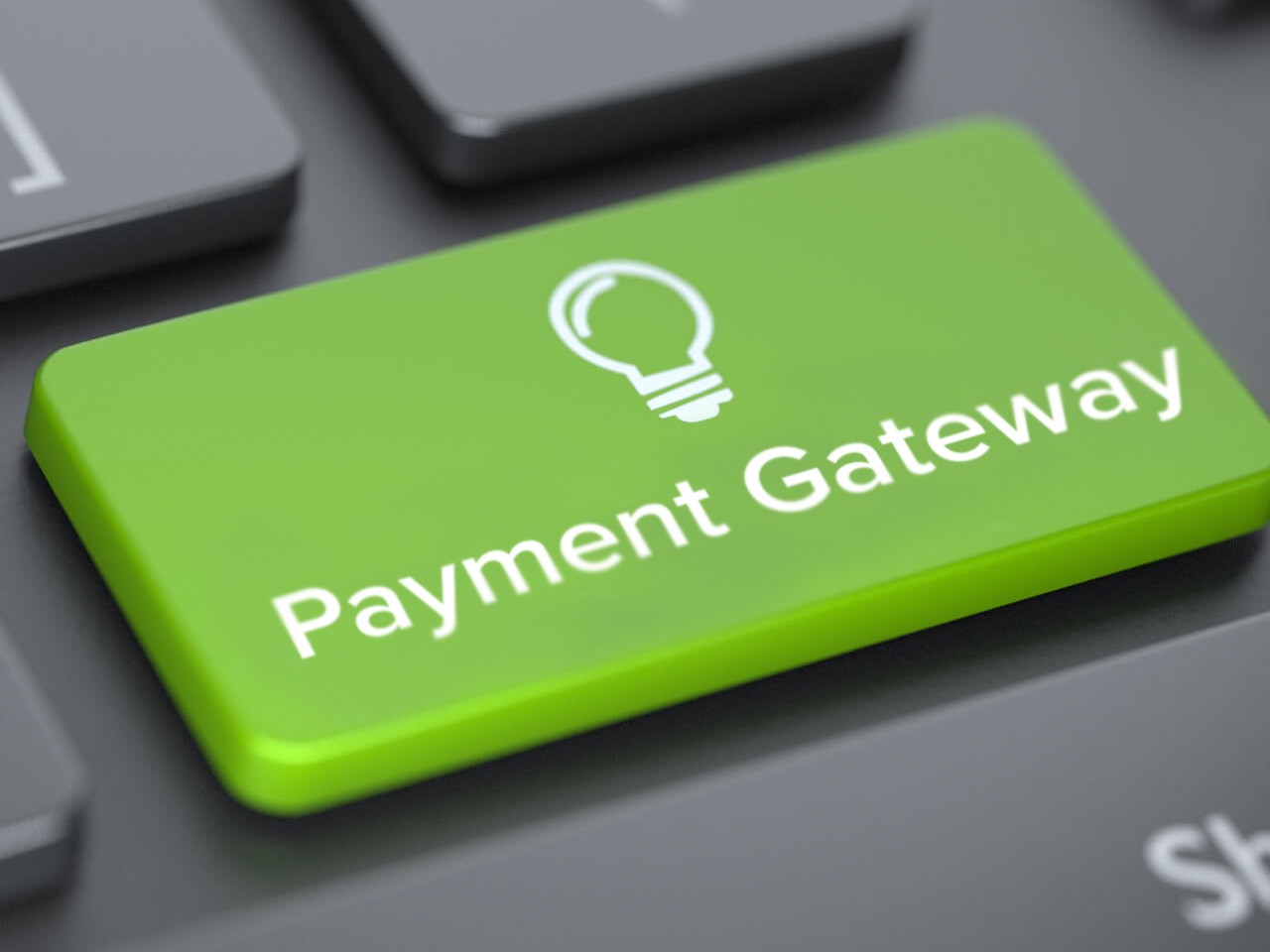Understanding the different types of payment gateways

The digital marketplace, now integral to global commerce, has witnessed a fascinating evolution in its foundational infrastructure.
Cast your mind back to the late nineties and early noughties. As the nascent wave of online shopping began to swell, a critical bottleneck emerged: the traditional banking systems, while robust in their established domains, found themselves struggling to keep pace with the burgeoning demands of online merchants.
This friction gave rise to a breed of technological pioneers – the payment gateway providers. These tech-first solutions offered businesses the vital capability to accept online payments, independent of the constraints of traditional banking infrastructure. While banks continued their crucial role in acquiring, these gateways provided the essential technological framework upon which global e-commerce could truly flourish.
The digital payments landscape has evolved significantly since the early days of e-commerce. As a result, the very definition and operational scope of a ‘payment gateway’ has changed.
In this post, we will explore these core models, taking a look at their unique characteristics and the distinct value each brings to the table
1. Standalone payment gateways
These were the original disruptors - independent, tech-focused providers that emerged during the dotcom boom, offering merchants a way to process online payments without relying solely on banks. Banks retained acquiring, but these gateways provided the essential technology layer that enabled e-commerce to thrive. Over time, while the market has evolved with fully integrated platforms and payment orchestrators, standalone gateways have adapted and continue to play a vital role.
Also sometimes referred to as agnostic gateways, these multi-acquirer gateways can route payments through various acquiring banks, providing resilience and redundancy.
Examples: ACI Worldwide, Cybersource (Visa), Cardstream, FreedomPay, NMI, MPGS, Braintree.
Pros:
- Plug into multiple processors and acquirers, giving merchants flexibility and control.
- Strong global reach and high-volume capabilities.
- Often preferred by banks for white-label partnerships or indirect e-commerce enablement.
- Useful for businesses looking to optimise approval rates or maintain redundancy.
- White-label or reseller models allow them to support PSPs and ISVs, not just merchants directly.
- Optimise routing for cost, acceptance rates, and failover.
- Avoid vendor lock-in.
Cons:
- Not financial institutions, so merchants still need a separate acquiring relationship.
- May require more effort to manage integrations and operational complexity.
- Limitations with scaling, as slow to integrate new acquirers beyond established partners.
- May require orchestration for maximum benefit.
Why they still matter:
Standalone gateways have survived because they continue to offer value where others can’t: geographic and acquirer diversity, deep customisation, and a level of modularity that’s difficult to replicate in end-to-end platforms. They’ve also evolved to offer gateway services to acquirers and FinTechs, and in some cases, orchestration-like capabilities without the overhead of a full orchestration layer.
Because of this, they remain an important piece of the payments puzzle - especially for enterprise merchants with complex or global needs.
2. Traditional acquirer payment gateway
These are typically banks or financial institutions that offer payment gateway services, often by white-labelling third-party technology (standalone gateways) or through acquisition.
Examples: Barclaycard, Worldpay, AIB, Ingenico/Worldline, other acquiring banks.
Pros:
- Strong brand recognition and trusted banking relationships.
- Ideal for domestic or long-established enterprise merchants.
- Single contract relationship.
Cons:
- Technology may lag behind newer players.
- Less agility when adapting to fast-paced e-commerce trends.
- Fixed to a single acquirer.
3. Fully integrated gateways (Built-in solutions)
Also known as end-to-end platforms, these providers have built their own proprietary gateways directly into their acquiring infrastructure. They tend to self-acquire and are designed for the speed and complexity of digital commerce.
Examples: Adyen, Checkout.com, Ecommpay.
Pros:
- Built for scale, speed, and global e-commerce.
- One provider handles everything: acquiring, processing, and gateway.
- Strong developer tools and APIs.
Cons:
- May be more expensive.
- Limited acquiring coverage in certain markets (depending on licenses).
4. Front-end gateways
These providers blur the lines - they often offer their own front-end gateway interface but rely on integration with another gateway or acquirer behind the scenes. They are evolving into PayFacs (Payment Facilitators), or serve as a gateway-to-gateway bridge.
Examples: Mollie, Kustom (Klarna Checkout), PayPal Checkout.
Pros:
- Simple setup and merchant onboarding.
- Serve a wide range of business sizes.
- Proprietary UX functionality and reporting.
Cons:
- May mask complexity under the surface.
- Higher cost base.
- Issue resolution may be slower.
- Locked into acquiring services.
Payment gateway vs payment orchestrator
A payment gateway enables merchants to accept payments by connecting to an acquirer, usually by integrating directly into the processor. A payment orchestrator, meanwhile, manages and optimises multiple gateways, acquirers, and payment methods across geographies, in most cases by leveraging a gateway-to-gateway integration.
While some gateways now offer orchestration capabilities, it’s important to understand whether your business needs an orchestrator above and beyond gateway services.
Final thoughts
The terminology around gateways has expanded to include gateway services, acquiring, and processing - all under one roof in some cases. Whether your business needs a standalone, fully integrated, or front-end solution depends on your size, geography, and digital maturity.
Choosing the right payment partner starts with understanding these core gateway models and evaluating how they align with your long-term strategy.
